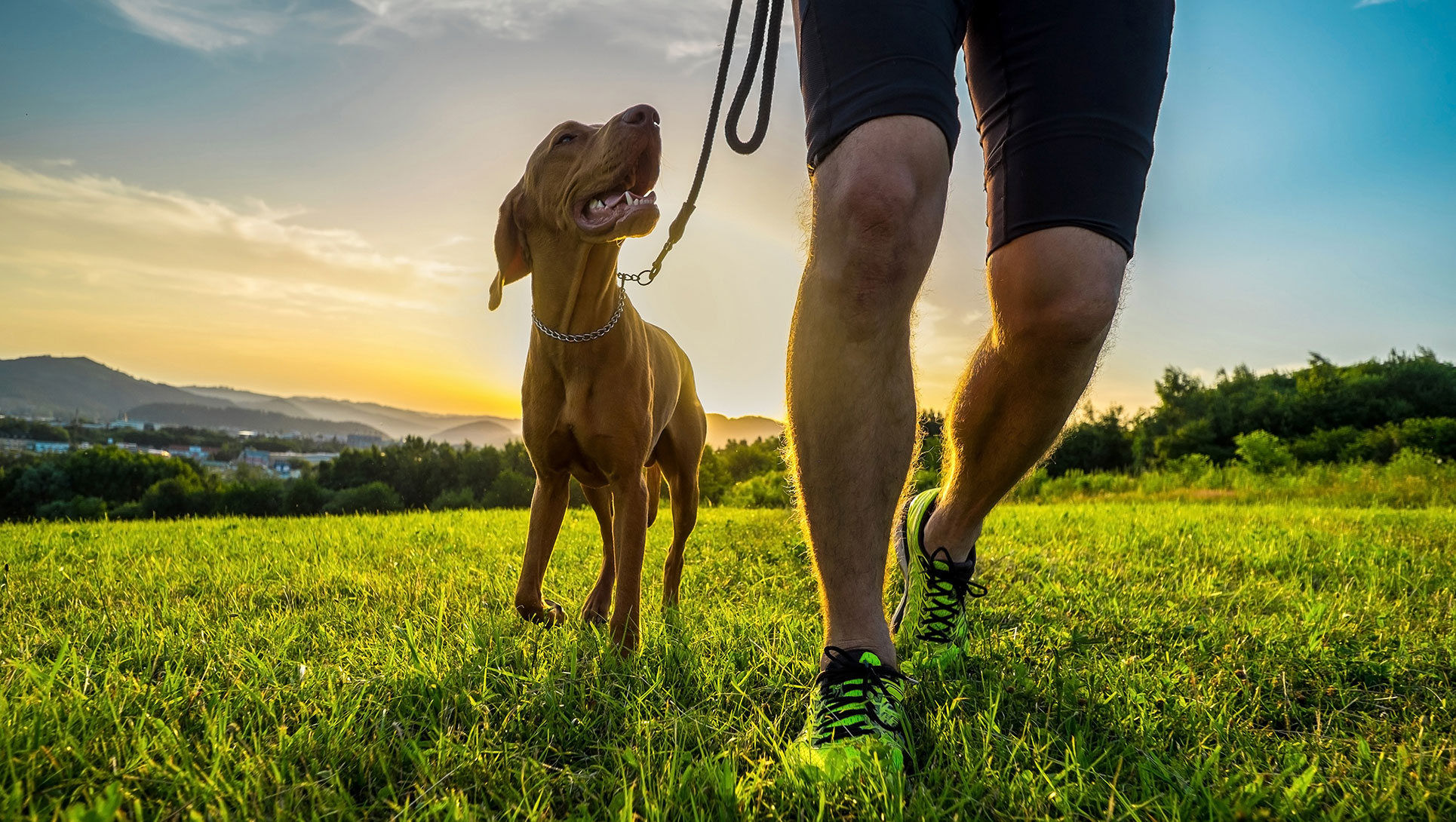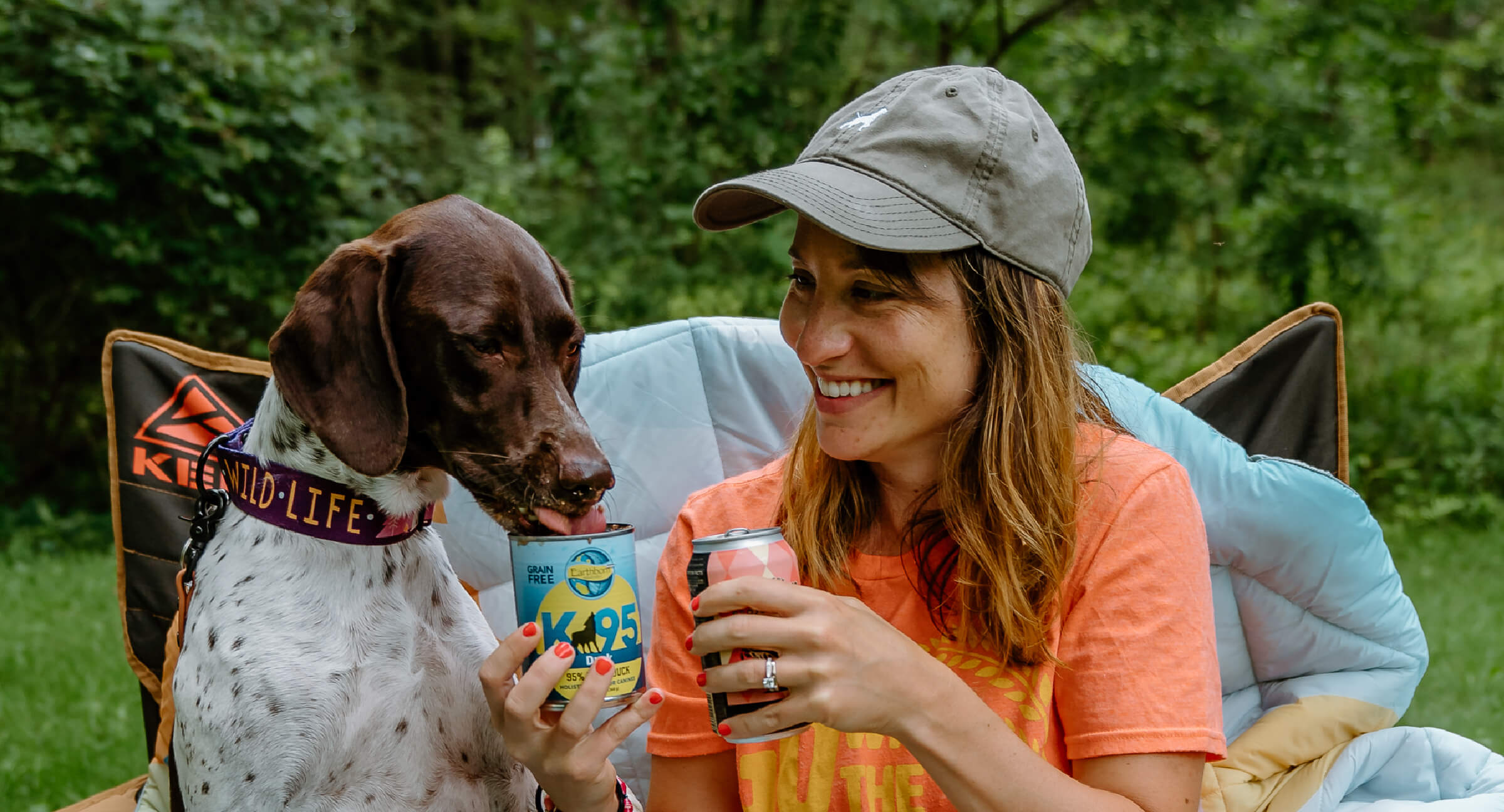Top Pet Dog Training Techniques Every Owner Should Know
Amongst the most prominent techniques are positive reinforcement, remote control training, and leash training, each offering one-of-a-kind benefits that add to a mannerly dog. As we check out these fundamental techniques, it becomes obvious that grasping their subtleties can dramatically impact the training experience and the pet dog's overall actions.
Positive Reinforcement Techniques
Using favorable support strategies is essential for effective canine training, as it fosters a trusting bond between the dog and the fitness instructor. This technique concentrates on gratifying desirable habits instead than punishing undesirable ones, creating a setting favorable to finding out. Benefits can consist of deals with, appreciation, or playtime, which motivate pets to repeat the behaviors that make them these rewards.
Positive support is rooted in the concepts of operant conditioning, where behavior is influenced by its effects. By constantly gratifying details actions, instructors can shape a dog's actions with time. For circumstances, a canine that remains on command and receives a reward is extra likely to repeat that behavior in the future.
Moreover, this strategy boosts the pet's excitement for training sessions. They are a lot more involved and responsive when canines link training with positive experiences. Past immediate therapy, positive reinforcement encourages a collective partnership in between the dog and instructor, decreasing stress and anxiety and fear.
To maximize performance, it is vital to supply rewards promptly, ensuring the dog connects the habits with the reinforcement. Basically, positive reinforcement methods not only produce better-trained dogs yet also promote a harmonious partnership between dog and proprietor.
Clicker Training Approach
The remote control training technique is a highly effective technique that builds on the concepts of positive reinforcement by adding an unique noise to mark preferred behaviors. This method uses a tiny portable tool that generates a clicking audio, allowing trainers to connect with their pet dogs in a clear and prompt way. When a canine performs a behavior that the owner desires to motivate, the clicker is triggered, followed by an incentive, commonly in the type of deals with or praise.
The key to successful remote control training lies in consistency and timing. It is important to click at the exact minute the preferred actions takes place, guaranteeing that the pet associates the sound with the action and the subsequent reward. This approach not just improves communication yet likewise promotes a more powerful bond between the proprietor and the canine, as it motivates interaction and communication throughout training sessions.
Clicker training can be applied to a range of habits and commands, from fundamental obedience to more complicated techniques. Its flexibility and efficiency make it a favored method amongst expert trainers and pet proprietors alike, paving the method for a responsive and trained canine friend.

Leash Training Essentials
Reliable chain training is crucial for ensuring a delightful and safe strolling experience for both dogs and their owners. Chain training should start early and be approached with persistence and consistency (Dog training). Begin by selecting an ideal chain and collar or harness. A flat collar might help some pet dogs, while others may take advantage of a harness that minimizes drawing.
Introduce your dog to the leash gradually, enabling them to explore it in a comfy environment. This entails satisfying your pet for strolling next to you instead than drawing in advance.
If your pet dog begins to pull, quit walking right away. Furthermore, technique various walking atmospheres to help your pet dog adjust to diversions.
Routine method will certainly solidify your canine's understanding of leash decorum. Bear in mind that chain training is a recurring procedure; persistence and consistency will yield the very best results, fostering a favorable experience for both you and your canine friend.
Socialization Methods
Socialization is an essential element of pet training that must ideally begin during puppyhood however can be beneficial at any type of age. Reliable socialization helps canines create self-confidence and decreases the possibility of behavioral problems. To execute successful socialization approaches, subject your dog to a range of environments, individuals, and other pets.

Start with regulated settings, such as young puppy classes or organized playgroups, where young pets can engage safely. Progressively introduce your pet dog to brand-new experiences, including various sounds, surfaces, and tasks. Ensure these experiences are fulfilling and positive to develop a sense of safety and security.
For grown-up canines or those doing not have exposure, begin with low-stress scenarios. Short, positive communications with tranquil canines and pleasant humans can create positive organizations - Dog training. Make use of treats and appreciation to reinforce preferable behaviors throughout these experiences
Checking your canine's body movement is necessary; indicators of worry or aggression ought to be resolved quickly, either by getting rid of the pet dog from the situation or rerouting its focus. Constantly subjecting your pet dog to diverse stimuli will certainly foster flexibility, making it a well-shaped companion qualified of thriving in various setups.
Uniformity and Patience
Identifying the importance of uniformity and persistence in pet dog training is necessary for accomplishing long lasting outcomes. Training a dog is a gradual process that requires a structured technique and unwavering commitment from the proprietor. Each command or behavior must be reinforced constantly to help the canine understand what is anticipated of them. Irregular training can lead to confusion, making it tough for the pet to grasp commands or habits, eventually impeding progress.
Moreover, persistence is a crucial part of efficient training. Pet dogs, like humans, discover click over here now at their own speed. Some might comprehend concepts rapidly, while others might take much longer. It is essential for owners to continue to be calm and encouraging, strengthening favorable actions click this link without considering stress or punishment. This fosters a trusting partnership in between the pet and owner, encouraging an extra eager and enthusiastic learner.
To cultivate uniformity and perseverance, develop a normal training regular, make use of the very same commands, and guarantee that all member of the family use the same training principles - Dog training. By doing so, you create a stable environment helpful to learning, enabling your dog to create and flourish right into a well-behaved friend

Final Thought
Finally, effective pet dog training strategies, such as favorable reinforcement, remote control training, and proper leash training, are necessary for promoting a healthy and balanced owner-dog partnership. In addition, applying socializing methods and keeping uniformity and patience throughout the training process contributes dramatically to a canine's total wellness. By incorporating these techniques, pet owners can promote the advancement of well-adjusted, obedient pets, eventually enhancing the lifestyle for both the proprietor and the pet dog.
Among the most noticeable approaches are favorable support, remote control training, and chain training, each offering one-of-a-kind benefits that add to a well-behaved pet. As we explore these basic techniques, it comes to be noticeable that grasping their click here for more subtleties can dramatically impact the training experience and the dog's total habits.Using favorable support methods is essential for reliable pet dog training, as it fosters a trusting bond between the pet and the instructor.In verdict, efficient dog training methods, such as favorable reinforcement, clicker training, and proper chain training, are important for cultivating a healthy owner-dog partnership. By integrating these techniques, pet dog proprietors can facilitate the growth of well-adjusted, obedient pets, ultimately enhancing the quality of life for both the proprietor and the pet.